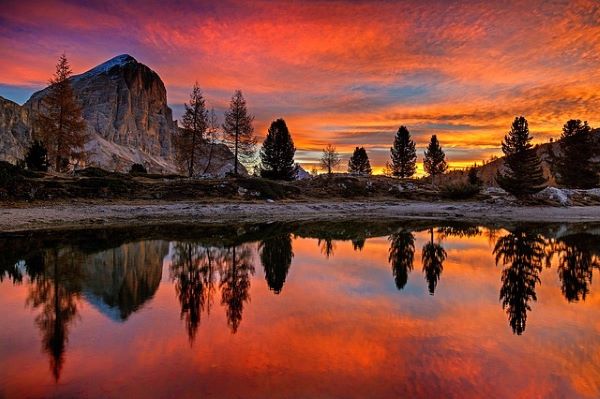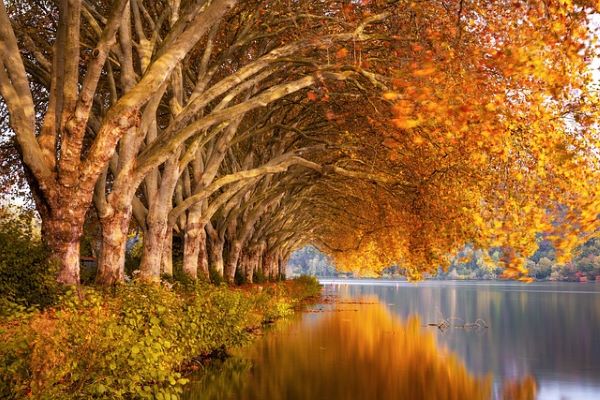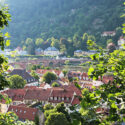In a previous post, we looked at some easier technical tips for improving travel photography. Now let us look more closely at the environment where we take photos during our travels. In particular, reflections can be used to your advantage to capture impressive vistas. Also, photographing during the calm hours of the day is a solid way to go for nature photography.
Use reflections in your travel photography
Water, whether in lakes or puddles, is your perfect companion for capturing reflections. If your travels take you to a lake with a shoreline easily visible on the other side of the lake, then you can wait for the light to create the reflection of the other shore. The effects can create eerily moving photos, with depth.
Combine this with the golden hour of the day (dawn or dusk), and with the possibility of a rising or setting sun will give you shadows (cast on the lake) that have a profound effect. Better yet, to achieve this, you will not have to have any quick reflexes or awkward camera settings. Find the right time of day and think ahead as to which shore you want to photograph (also considering the shadows and the position of the rising sun).
Steps to capture reflections on lakes
So, to summarize, to capture reflections in calm environments with lakes, try the following:
- Find the lake where you want to capture the background or the shadows on the lake.
- Check the time of sunrise or sunset.
- Position yourself where you believe that the reflection on the lake, the sun and the background will achieve a feeling you are looking for.
- Check the ISO setting, you will want to use a low or midrange ISO value. Try ISO 100 and calibrate from there.
- Try to use a shutter speed of 1/30 seconds or longer.
- Adjust the aperture setting to change the depth of field. A high aperture such as f/11 or f/16 will give you a larger depth of field. But also try to change the aperture for a lower depth of field to focus on details (if there are such in the lake, such as a boat, or mooring places, the list goes on).
The cover photo was taken by Julius_Silver (on Pixabay).
Recommended photography courses online
Photography – Photography DSLR Skills

Portrait Photography Masterclass: 10 Courses in 1






